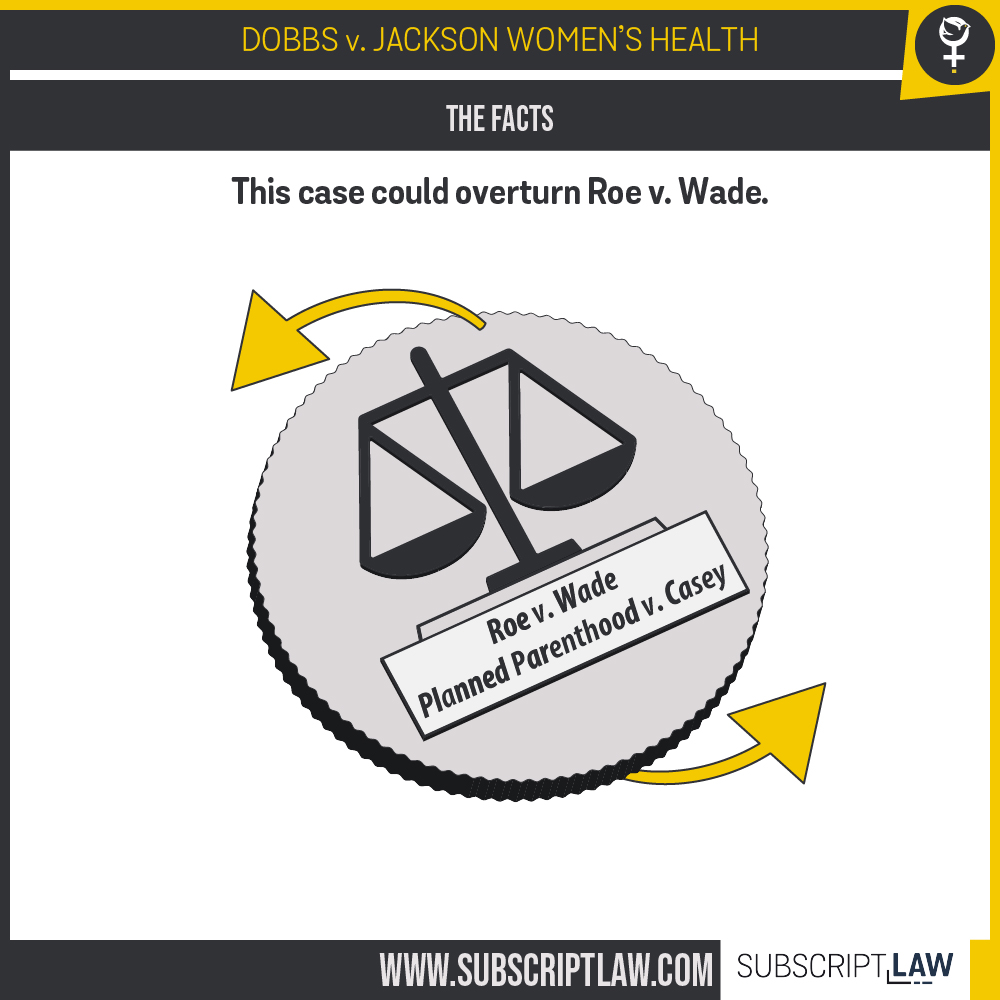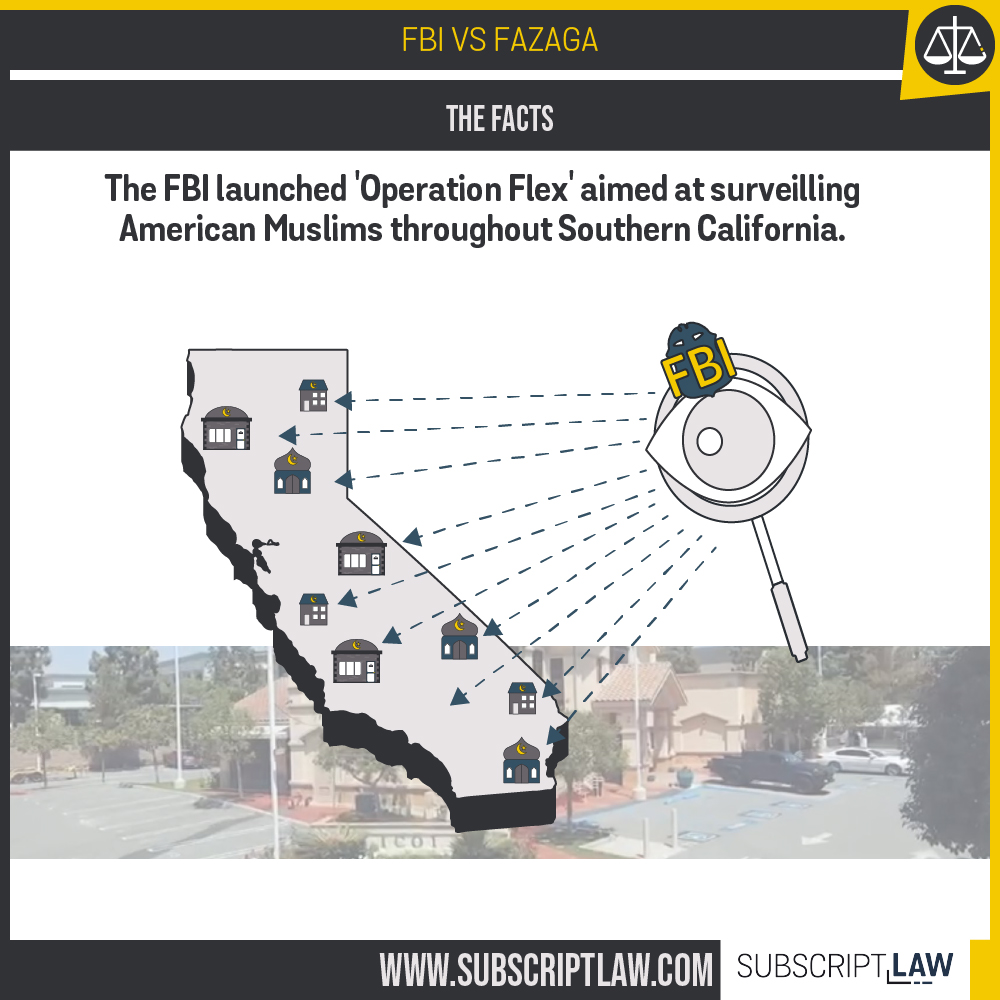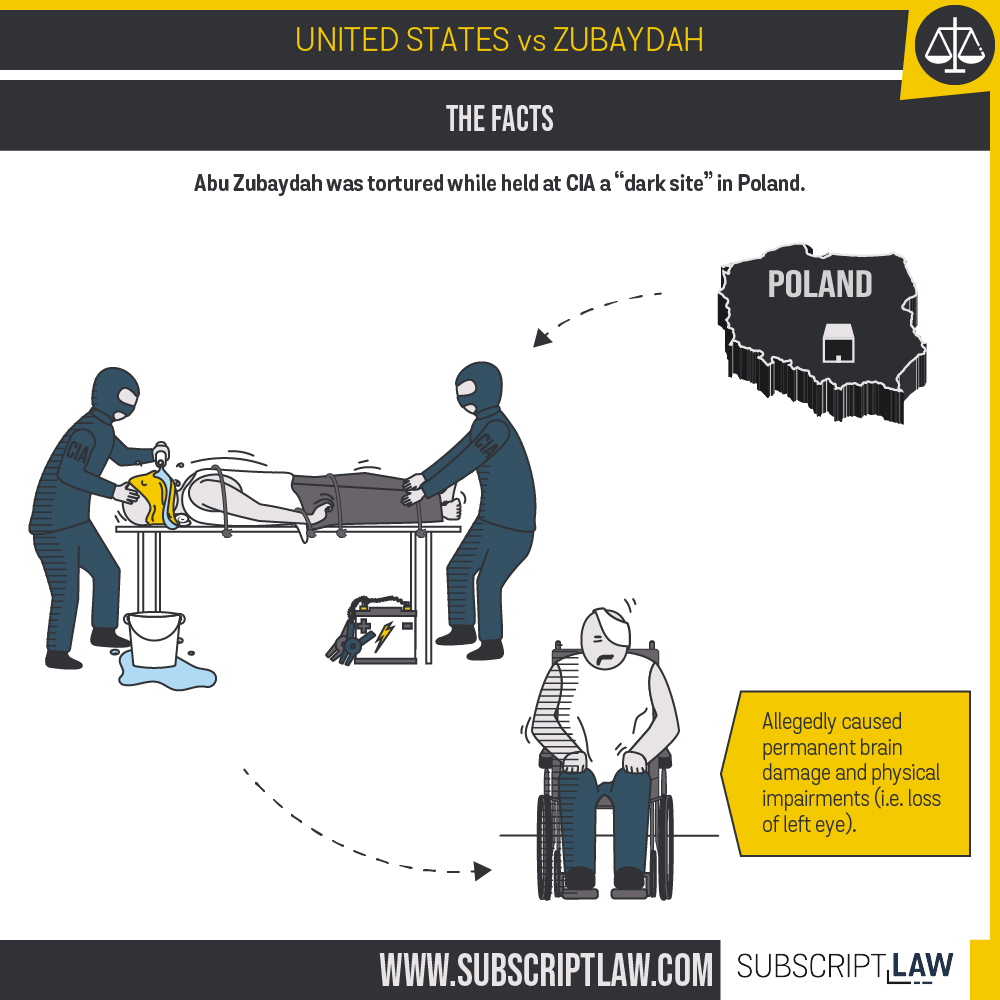Supreme Court to Clarify Boundaries of Warrantless Entry
In the United States Supreme Court
| Argument | Feb. 24, 2021 |
| Decision | June 23, 2021 |
| Petitioner Brief | Arthur Gregory Lange |
| Respondent Brief (supporting vacateur) | California |
| Amicus Curiae Brief (supporting opinion below) | Amanda K. Rice |
| Opinion Below | California Court of Appeal, First Appellate District |
Case Decision
On June 23, 2021, the Supreme Court ruled for Lange. The Fourth Amendment does not allow a categorical exception to the warrant requirement when an officer is pursuing someone suspected of violating a misdemeanor.
Scroll down for our Decision Analysis.
Argument Analysis
January 28, 2021
Arthur Gregory Lange was acting strangely while driving his car one night around 10:20pm. A police officer sitting at a nearby intersection noticed Lange because he was blaring music loudly and then started honking for no apparent reason.
The police officer started to follow him, and Lange then stopped. The police officer stopped. The officer decided to check out the situation, so he turned his police lights on when positioned about 15 feet behind Lange.
Lange continued to drive about 100 feet and then turned into a driveway — which turned out to be his driveway — entered the garage and started closing the garage door.
The officer stuck his foot under the garage door, hitting the sensor and preventing the door from closing. The situation ended with the officer arresting Lange for driving under the influence of alcohol.
Lange argues the officer did not have the right to enter his garage. Thus, the evidence the officer received upon entering is not valid and should be suppressed.
This case asks the Supreme Court to consider whether the officer validly entered without a warrant because his actions fall within an exception to the general Fourth Amendment requirement that an officer needs a warrant to enter someone’s home.
The Fourth Amendment and the Hot Pursuit Exception
The Fourth Amendment protects people from unreasonable search and seizure. A police officer cannot go into your home without a good reason. And usually that requires the officer to go get a warrant (explain and justify the reason) from a judge.
However sometimes there’s no time to get a warrant. The “hot pursuit” doctrine is one exception to the warrant requirement. When an officer is in “hot pursuit” of someone the officer believes to be committing a crime, the officer can chase the person into a private space that would otherwise require a warrant to enter.
When someone is suspected of robbery, for example, and then takes off in a getaway vehicle, that person can’t just run into their home and hide out. The “hot pursuit” exception allows the officer to enter the home without a warrant when the person is fleeing and suspected of a crime.
But what kind of crime must the officer suspect? That’s the question the justices will answer in this case. Can the officer be seeking someone for a relatively minor offense, such as a misdemeanor?
In this case, Lange was suspected of playing music too loudly and honking in violation of local codes. Not such big offenses. Does a retreat into home base when suspected of a minor offense justify an exception to the Fourth Amendment?
California Supports Vacateur
This Supreme Court case is unusual in that California, who is poised as the Respondent against Lange, actually wants the case against Lange to be dismissed. That means California also believes the court below made the wrong decision. Lange and California argue for different resolutions of the Fourth Amendment rule, but they both believe ruling made by the California appellate court is wrong.
Because California won’t support the lower court’s decision, the Supreme Court appointed an “amicus curiae” to brief and argue that side of the case.
Lange’s Argument: No Categorical Exception for Pursuit Cases
Lange argues the officer did not have the right to enter his garage. The Fourth Amendment provides a very strong right to privacy. The right to be free of government intrusion can only give way if there is a compelling law enforcement need. Chasing after a misdemeanor is not a compelling law enforcement need.
The warrant requirement, Lange briefs, is not a mere formality. It’s a fundamental protection which is not to be sidestepped easily. An officer can only surpass the warrant requirement in “exigent circumstances.” And according to Lange, to qualify as exigent, the officer must not have time to get a warrant. A mere “inconvenience” in law enforcement is not enough to justify an exception to the warrant requirement.
A pursuit case could satisfy that standard if, for example, taking the time to seek a warrant would risk the destruction of evidence; would allow the suspect to escape; or would endanger occupants of the home, members of the public, or the officers themselves. But absent such risks (or some equally compelling law enforcement need) the only cost of seeking a warrant would be a brief pause before officers can enter the home. An officer’s preference to avoid that “inconvenience” or “slight delay” is certainly understandable. Chapman, 365 U.S. at 615. But this Court has never allowed mere convenience or efficiency to justify a warrantless home entry.
Brief of Petitioner at 15-16.
Lange points out that in many jurisdictions an officer can get a warrant without leaving the scene, and the process may take only five to fifteen minutes. In those jurisdictions, an officer could enter without a warrant only if the brief delay would compromise the compelling law enforcement need.
Lange argues that a categorical rule is never appropriate to determine whether circumstances are exigent. He cites a number of cases in which the Supreme Court has declined to make a categorical rule to determine exigency. Id. at 16-17. Even in pursuit cases, Lange says, a court should make case-by-case determinations as to whether the circumstances were actually exigent. That’s especially true when the officer is pursuing someone for a misdemeanor. Misdemeanors include a large variety of offenses.
A fleeing suspect in a violent crime will often pose an obvious safety risk. The same cannot be said of persons suspected of committing a vast array of nonviolent misdemeanors, from jaywalking, to loitering, to traffic offenses. A categorical misdemeanor-pursuit exception would ignore those distinctions, treating pursuit of teenagers walking home just after curfew the same as pursuit of a fleeing armed robber.
California’s Argument: Categorical Exception Only in Pursuit of a Felony
California, despite being the Respondent, does not support the decision below. California argues that the case should be dismissed, just like Lange does, but California support a different rule for the “hot pursuit” doctrine.
Where Lange argues the hot pursuit doctrine should not include any categorical rules, California argues that a rule in cases of felony pursuit would be appropriate. In other words, if an officer is chasing someone suspected of committing a felony, then the officer can pursue that person into a private place (like a home) that would otherwise require a warrant. However, regarding the chase of someone suspected of committing a misdemeanor, California agrees with Lange that the court should not create a categorical rule that an officer can skip the warrant.
Amicus Curiae’s Argument: Categorical Rule in All Pursuit Cases, Including Misdemeanors
The Supreme Court appointed Amanda K. Rice to argue in support of the lower court decision in the case because California jumped ship. Rice argues for a categorical rule that an officer can chase any suspect who is fleeing, no matter how minor the crime.
According to Rice, an officer does not have time to make case-specific balancing decisions about the exigency of a situation when in hot pursuit of a suspect. It’s just not practical to expect that of officers dealing with a fleeing suspect. Furthermore, expecting officers to wait for a warrant in cases of hot pursuit is impractical and will hinder effective policing.
Rice argues the Fourth Amendment warrant requirement gives way in the hot pursuit context, The government has “strong interests in quickly apprehending fleeing suspects,” and “[a] fleeing suspect has significantly diminished privacy interests.”
Rice points to precedent from the Supreme Court which held that an officer has the right to pursue a fleeing suspect and enter a home without a warrant. In United States v. Santana (1976), the Supreme Court addressed a case regarding a felony hot pursuit, but the Court’s decision arguably supported a categorical rule without making the type of crime a part of the rule.
The Supreme Court will hear arguments on February 24, 2021.
Decision Analysis
On June 23, 2021 the Supreme Court ruled in Lange v. California, a case asking when officers can escape the Fourth Amendment warrant requirement. The Court ruled that the Fourth Amendment does not grant a categorical exception to the warrant requirement for an officer who is pursuing someone suspected of violating a misdemeanor.
Case Background
Arthur Lange was acting bizarrely in his vehicle when an officer took attention to him. The officer flashed patrol lights on Lange, who then retreated into his nearby garage. The officer followed Lange into the garage and ended up arresting Lange for driving under the influence of alcohol. Prior to entering the garage, the officer only had evidence of Lange violating misdemeanors, such as playing music loudly and honking.
Large argued the officer violated his Fourth Amendment rights by entering Lange’s home without a warrant.
The Fourth Amendment admits of certain exceptions to the warrant requirement, for example when “exigent circumstances” are present. The lower court in this case ruled that the Fourth Amendment also allows officers to enter a home without a warrant when in pursuit of a person suspected of violating a misdemeanor.
Lange appealed, arguing the California appeals court ruling is inconsistent with the Fourth Amendment.
Supreme Court Ruling
The Supreme Court agreed with Lange. The Fourth Amendment does not admit of a “categorical” exception to the warrant requirement in cases where an officer is pursuing a misdemeanor suspect.
Justice Kagan wrote the majority opinion for the Court, determining that the Fourth Amendment requires a case-by-case assessment of exigency. Supreme Court precedent has ruled exigency exists, for example, when required to prevent imminent injury, to prevent the destruction of evidence, and to prevent a suspect’s escape. While some misdemeanors may provide exigent circumstances, they are generally less violent and less dangerous offenses and thus are less likely than felonies to provide exigent circumstances.
The Court’s opinion addressed United States v. Santana, a 1976 case which allowed an officer an exception to the warrant requirement because the officer was in “hot pursuit” of a felony suspect. The Court avoided the question of whether a categorical exception to the warrant requirement exists in cases of a fleeing felon, and it stated that either way, Santana did not create a categorical exception in cases of fleeing misdemeanor suspects. Flight certainly may turn a misdemeanor case into one which requires exigency and an exception to the warrant requirement, but the rule is not categorical.
A number of the justices wrote separately (or signed onto separate opinions) to take issue with the majority’s phrasing of the holding, or with the issue of whether all situations of flight create exigent circumstances.
Kavanaugh Concurrence
Justice Kavanaugh noted in his short concurrence that he joined the majority opinion insofar as it stated that “an officer may make a warrantless entry into a home when pursuing a fleeing misdemeanant if an exigent circumstance is also present—for example,when there is a risk of escape, destruction of evidence, or harm to others.”
However he noted that nearly every case of a fleeing misdemeanant is going to provide one of those exigent circumstances.
Roberts Concurrence in the Judgment
Justice Roberts (joined by Alito) wrote an opinion concurring in the judgement but expressing that all cases of flight provide exigent circumstances required to make an exception to the warrant requirement. Roberts said that the case-by-case inquiry the majority opinion requires is not helpful to law enforcement, and it’s unworkable in real life.
Holding that flight, on its own, can never justify a warrantless entry into a home (including its curtilage), the Court requires that the officer: (1) stop and consider whether the suspect—if apprehended—would be charged with a misdemeanor or a felony, and (2) tally up other “exigencies” that might be present or arise, ante, at 1, 4, before (3) deciding whether he can complete the arrest or must instead seek a warrant—one that, in all likelihood, will not arrive for hours. Meanwhile, the suspect may stroll into the home and then dash out the back door. Or, for all the officer knows, get a gun and take aim from inside.
The Constitution does not demand this absurd and dangerous result. We should not impose it. As our precedent makes clear, hot pursuit is not merely a setting in which other exigent circumstances justifying warrantless entry might emerge. It is itself an exigent circumstance.
Thomas Concurrence in Part and in the Judgment
Justice Thomas wrote that the common law indeed recognizes certain categorical exceptions to the warrant requirement. He also wrote that excluding evidence in cases where an officer enters a home in pursuit of a fleeing misdemeanant is improper, even if the officer violated the Fourth Amendment in doing so: “Establishing a violation of the Fourth Amendment, though, does not automatically entitle a criminal defendant to exclusion of evidence.“






